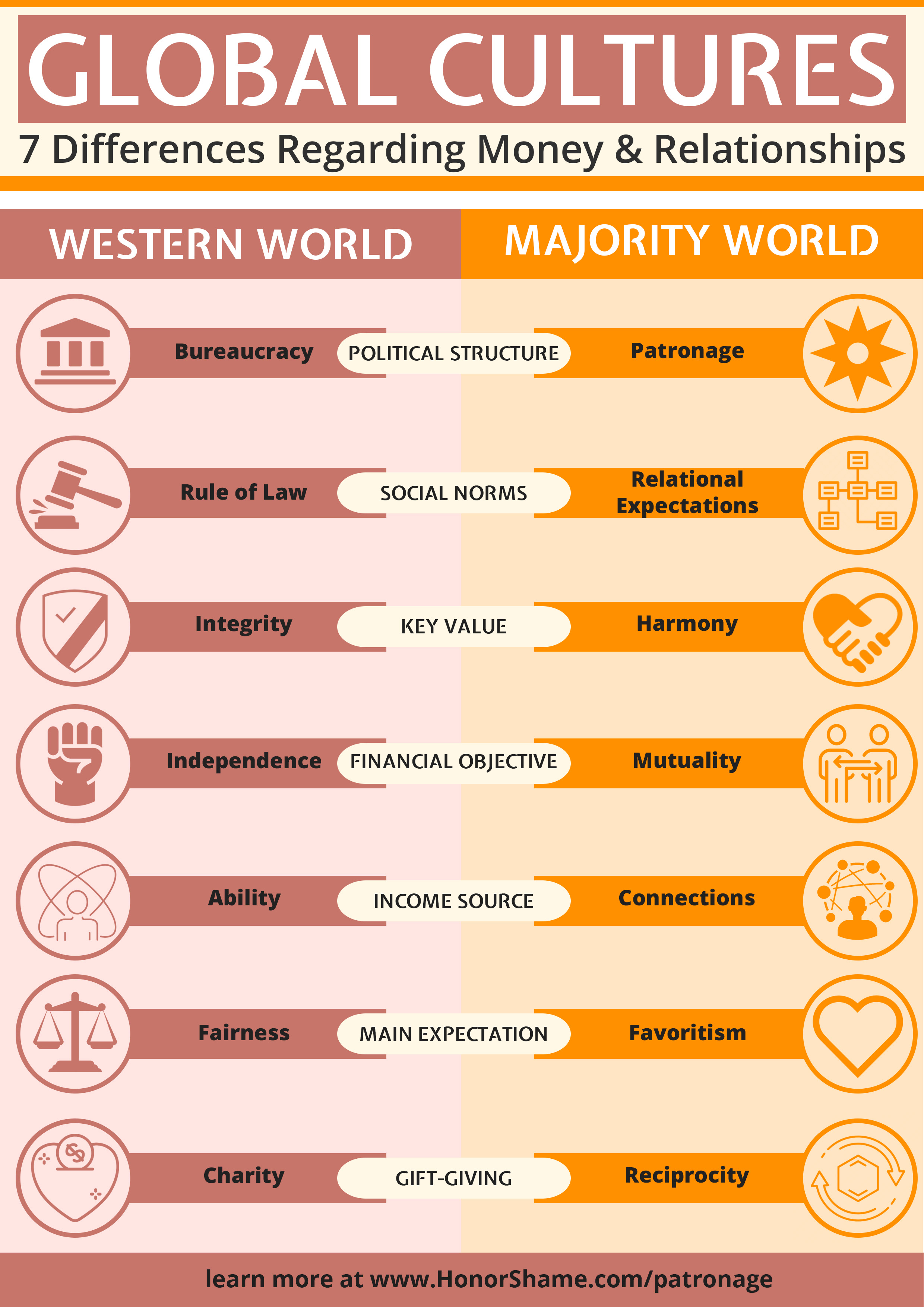Cultural adaptation in multilingual content is an essential factor for businesses aiming to connect with diverse global audiences. The rapid growth of digital platforms has heightened the need for content that resonates culturally, reflecting local preferences, beliefs, and values. Ignoring cultural nuances can lead to marketing failures and reputational damage. This article analyzes the importance of understanding cultural adaptation, its key elements, available tools, and ethical considerations, while providing practical strategies for content creators, language specialists, and global marketers to ensure that their content is both culturally relevant and effective.
Why Cultural Nuance Matters in Global Content Creation
Understanding cultural nuances is crucial for businesses operating in international markets. Cultural preferences significantly influence consumer behavior, shaping decisions regarding brand loyalty and purchasing. According to research from Common Sense Advisory, 75% of consumers prefer to buy products in their native language, while 60% rarely or never buy from English-only websites. This indicates a strong preference for localized content. Misunderstanding these nuances can not only harm sales but also damage brand reputation, as exemplified by Pepsi's misstep in the Philippines during the 1990s, which resulted in considerable backlash.
Infographic illustrating cultural preferences across different regions (Source: Honor and Shame)
Cultural preferences encompass not just language but also humor, visuals, and values. Therefore, businesses should prioritize culturally sensitive content strategies to establish meaningful connections with their target audiences.
Mastering Effective Cultural Adaptation: Key Elements You Need
Effective cultural adaptation relies on comprehending local norms and values. Content creators must adjust messaging to resonate with local audiences while preserving the brand's core identity. Key elements in this process include collaboration with local experts, providing cultural context, and ensuring that language translation accurately captures regional nuances. For instance, Coca-Cola has successfully increased sales by 20% through localized marketing initiatives that respect regional tastes and preferences.
Research indicates that brands effectively localizing their marketing achieve 50% more success in engaging new customers. Additionally, McDonald’s adapts its menu offerings to reflect local cuisines, ensuring both relevance and authenticity.
Visual breakdown of McDonald's cultural adaptability (Source: Squarespace)
Ultimately, the ability to adapt while maintaining brand integrity is essential for companies seeking sustained success in diverse markets.
Tools to Enhance Cultural Sensitivity in Your Content
Utilizing emerging technologies and tools significantly enhances cultural sensitivity in content creation. AI-powered adaptation platforms, such as Smartling, employ machine learning to offer localized content recommendations beyond mere translation. Their technology has reportedly improved cultural relevance by up to 30%. Similarly, natural language processing (NLP) tools, like DeepL, enhance accuracy by capturing nuances and idioms specific to regional dialects.
Another effective tool is IBM Watson's sentiment analysis, which helps assess emotional impact in marketing messages, aligning brands with cultural expectations.

Image illustrating the difference between cultural sensitivity and cultural competence (Source: Fiveable)
By integrating these tools, marketers can create culturally attuned content with greater efficiency, resulting in more engaging global communication.
Measuring Cultural Resonance: How to Evaluate Global Content's Impact
To ensure that globally adapted content resonates culturally, marketers must employ appropriate metrics. Engagement metrics, such as visit rates and bounce rates, are essential for assessing content efficacy. Research shows that localized content receives 70% more visits and 20% greater conversion rates compared to non-localized alternatives. Platforms like Google Analytics offer invaluable insights into customer interactions, enabling brands to adjust strategies based on measurable outcomes.
Studies have indicated that culturally authentic campaigns achieve a 23% rise in engagement rates. Tracking these metrics allows brands to foster discernible connections with their audiences while continuously refining their approaches.

Graph displaying key engagement metrics relevant for localized content (Source: Search Engine Journal)
Regular evaluation and adaptation based on these metrics can lead to sustainable engagement and improved customer satisfaction.
Successful Cultural Adaptation Examples You Shouldn't Miss
Real-world examples of successful cultural adaptation highlight its significance. Companies such as Coca-Cola and McDonald’s have implemented tailored strategies that cater to local tastes and preferences. Coca-Cola's introduction of localized flavors in China resulted in a notable increase in revenue, while McDonald’s menu adaptations consistently reflect regional culinary trends, yielding a 33% sales increase.
These adaptations illustrate the benefits of aligning marketing efforts with cultural expectations. Additionally, brands can learn from failures. For example, a major brand faced backlash for launching an advertisement in Asia that misrepresented local culture, prompting a shift toward more culturally aware strategies.

Visual representation of a cultural adaptation strategy in marketing (Source: Crete Sol Tech)
The outcomes of successful cultural adaptation underscore strategies that facilitate stronger market penetration.
The Ethical Landscape of Cultural Adaptation: Balancing Sensitivity and Authenticity
Ethics in cultural adaptation are becoming increasingly important in global communications. Marketers must navigate challenges associated with cultural appropriation and authenticity, as evidenced by research indicating that 61% of consumers have boycotted brands due to perceived cultural insensitivity. A comprehensive understanding of cultural dynamics is essential to maintaining consumer trust.
Ethical representation requires businesses to ensure authenticity while engaging with diverse cultures. A study revealed that 67% of consumers can recognize inauthentic representations, leading to negative brand perceptions. Consequently, organizations must foster genuine connections, ensuring messages resonate respectfully and accurately.

Flowchart illustrating the cultural adaptation process (Source: ResearchGate)
Brands that prioritize ethical considerations are more likely to build stronger, long-lasting relationships with their audiences.
Maintaining Brand Consistency While Adapting to Local Cultures
While adapting messaging, maintaining brand consistency is crucial for global brands. Businesses should establish a global brand framework that retains core elements yet allows for localized adaptations. Research from Kantar indicates that companies with coherent brand frameworks are perceived as 1.5 times more culturally relevant.
Employing cultural value dimensions helps tailor messages effectively, ensuring that they align with local cultural expectations. Regular brand audits can further ensure consistency while allowing for authentic localized messaging. Companies like Unilever have successfully maintained consistency through localized strategies that resonate with consumers.

Example of a global branding strategy (Source: BA Theories)
By striking a balance between universal brand identity and localized relevance, companies can implement effective marketing strategies that foster widespread appeal.
In conclusion, cultural adaptation is a vital component of content creation for global markets. Understanding cultural nuances, employing effective strategies, leveraging advanced tools, and adhering to ethical guidelines are essential elements. By mastering these aspects, businesses can significantly enhance their global marketing effectiveness, leading to improved engagement, conversion rates, and long-term brand loyalty.


Comments (0)
Sign in to participate in the discussion or .